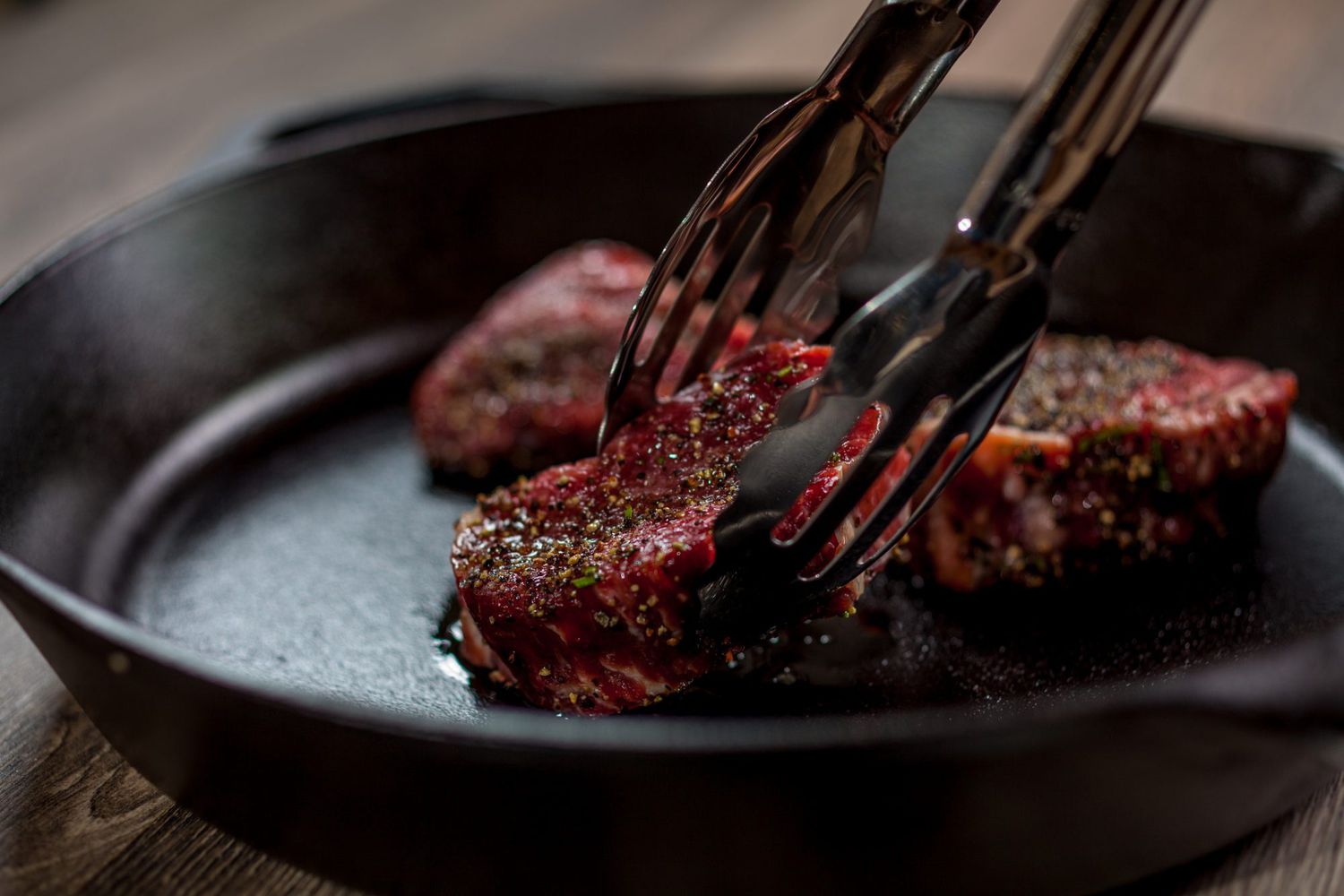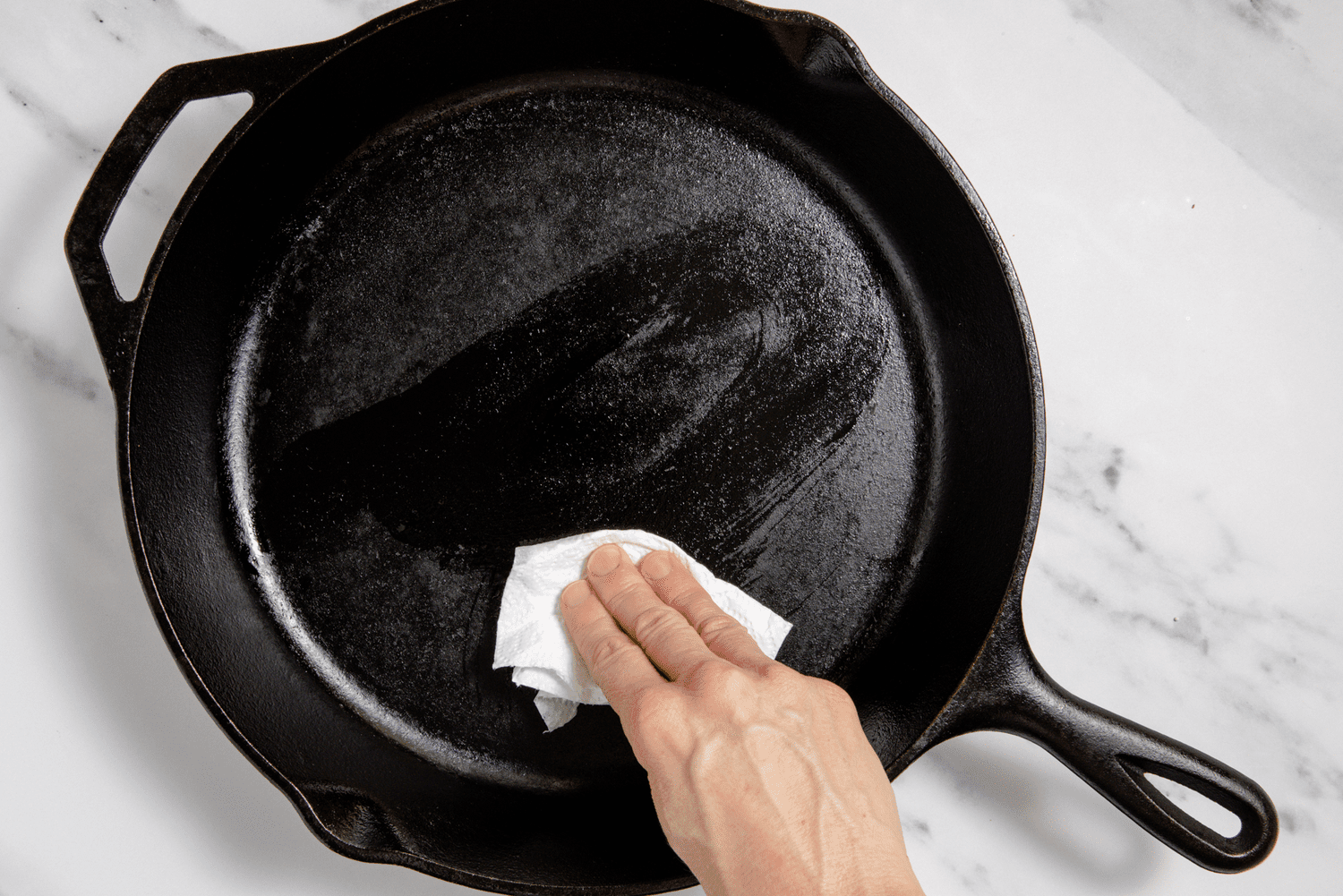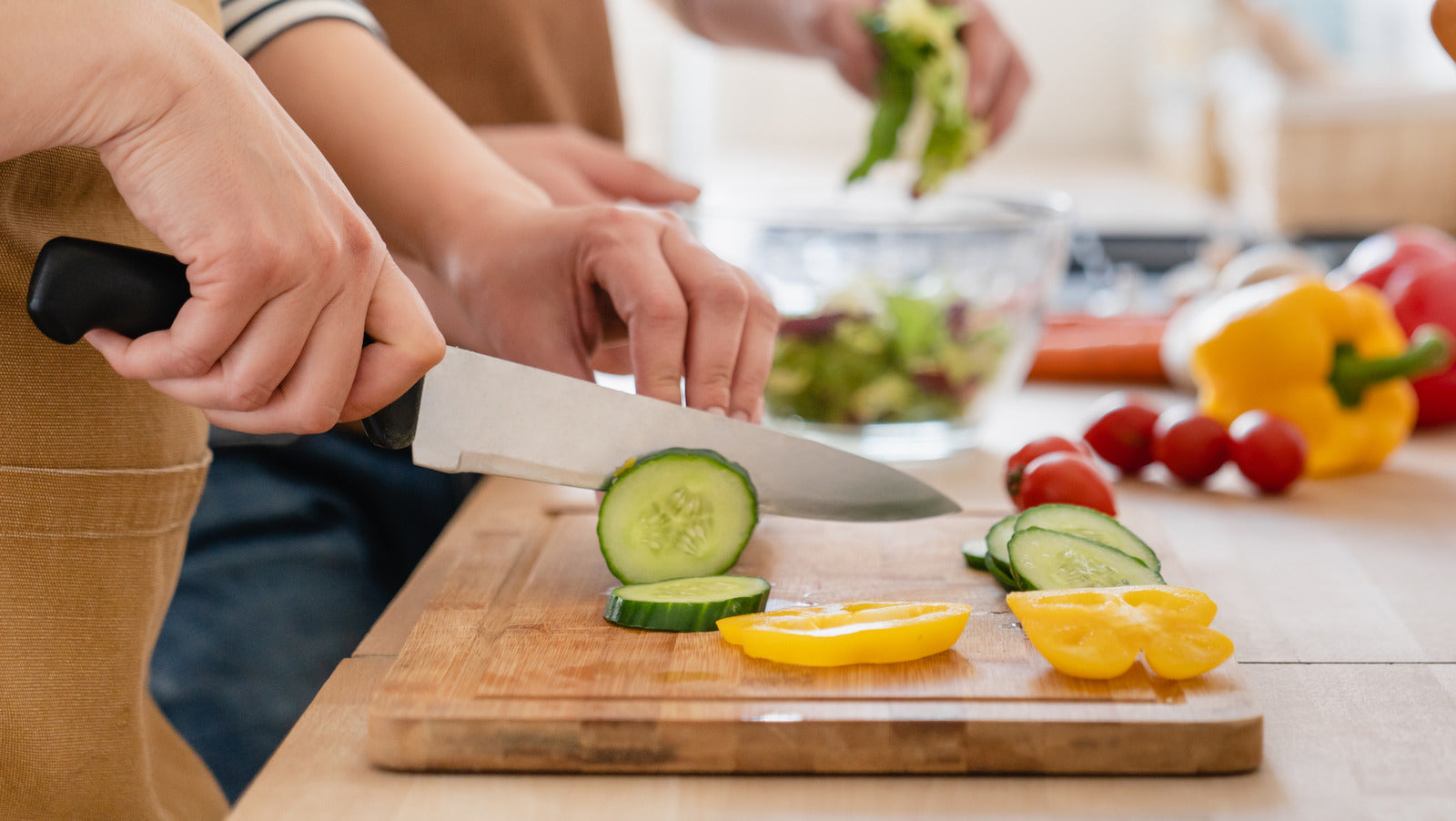Cooking a perfect steak is more than just a skill; it's an art that many chefs aspire to master. If youre determined to refine your steak-cooking technique, learning how to cook a steak in a cast iron skillet is indispensable. The exceptional ability of cast iron to retain heat and provide an even cooking surface makes it an ideal choice for achieving that perfect sear.
This article will explore the essential steps for cooking steak in a cast iron skillet, offering culinary enthusiasts expert advice, techniques, and insights into this classic approach. Prepare to wow your guests with steaks that are succulent, packed with flavor, and skillfully seared.

1. Selecting the Perfect Cut of Steak
The foundation of a great steak lies in selecting the right cut. Each cut offers different flavors, tenderness, and suitability for various cooking methods. Here are some popular options:
- Ribeye: Renowned for its rich marbling and tenderness, this cut is perfect for high-temperature cooking.
- New York Strip: A crowd favorite, it strikes the ideal balance between flavor and tenderness.
- Filet Mignon: The king of tenderness, its the go-to cut for a lean steak experience.
- Flank Steak: Known for its pronounced flavor, it must be cooked with care and sliced correctly.
Opting for high-quality meat is key. A steak with good marbling will result in a burst of flavor. Consider selecting aged steaks for an enhanced depth of flavor in your dish.
:max_bytes(150000):strip_icc()/GettyImages-162586206-2000-4fdf5409479b460b9903ac7e97af5f18.jpg)
2. Getting Your Steak Ready
Preparation is essential before you even think about searing your steak. Here are some crucial steps to ensure success:
- Let It Reach Room Temperature: Bring your steak to room temperature before cooking. A cold steak in a hot skillet can lead to uneven cooking.
- Season Well: Generously season with kosher salt and freshly ground black pepper on both sides. Allow it to rest for about 30 minutes to allow flavors to set.
- Pat Dry: Moisture on the steak's surface will create steam, preventing a proper browning. Use paper towels to dry it well before cooking.

3. The Cooking Process
Now that you're prepped, lets dive into the cooking process with a step-by-step guide:
3.1 Preheating the Skillet
Begin by preheating your cast iron skillet on medium-high heat, which is vital for achieving an even cook and a proper sear.
3.2 Incorporating Oil
Introduce an oil with a high smoke point, such as canola or grapeseed oil, into the hot skillet. Swirl it around for even coverage.
3.3 Searing the Steak
Once the oil shimmers without smoking, gently place the steak in the skillet. Allow it to sear undisturbed for several minutes until a rich, brown crust forms. Flip the steak upon seeing a well-developed crust and repeat the process.
3.4 Enhancing Flavor
For an extra flavor boost, add garlic, thyme, or rosemary towards the end of cooking. Baste the steak with these aromatic oils to elevate its savory profile.
3.5 Checking Doneness
Utilize a meat thermometer to gauge the internal temperature of your steak. Here are the ideal guidelines for doneness:
- Rare: 120-130F
- Medium Rare: 130-140F
- Medium: 140-150F
- Medium Well: 150-160F
- Well Done: 160F and above

4. Allowing the Steak to Rest
Post-cooking, let your steak rest for approximately five minutes. This resting period is crucial for retaining juices, ensuring that every bite is juicy and flavorful. Loosely cover it with foil to maintain warmth.
5. Presentation and Serving
After resting, slice the steak against the grain to maximize tenderness, and plate it artfully. For a complete meal, consider pairing it with roasted vegetables or a vibrant salad.
6. Cleaning Your Cast Iron Skillet
Properly cleaning your cast iron skillet is essential for maintaining its longevity. Avoid any soaps that could strip its seasoning. Instead, use hot water and a scraper to remove any remnants, then dry thoroughly before applying a light coat of oil.
7. Tips to Perfect Your Technique
For those passionate about cooking, mastering this technique is vital. Here are some additional tips to enhance your skills:
- Invest in a Meat Thermometer: Precision is essential; a reliable thermometer is a worthwhile investment.
- Experiment with Fats: Consider using butter or bacon fat for an extra layer of richness.
- Know Your Stove: Different stoves can vary in heating; adapt your cooking temperature as necessary.
8. Perfectly Paired Side Dishes
No meal is complete without complementary sides. Here are some fantastic options to pair with your steak:
- Garlic Mashed Potatoes: Creamy and indulgent, they work beautifully alongside savory steak.
- Grilled Asparagus: Fresh and vibrant, it adds a healthy crunch to your meal.
- Caesar Salad: A classic choice that harmonizes with the richness of the steak.
FAQ
1. How long should I allow my steak to rest before slicing?
Let your steak rest for at least five minutes for the juices to redistribute, giving you a more flavorful experience.
2. Can a cast iron skillet be used on an induction cooktop?
Yes, provided the skillet is magnetic, it will work perfectly on an induction cooktop.
3. What if my steak is cooking too quickly?
If you notice your steak cooking too fast, reduce the heat immediately to avoid burning and overcooking.
As an Amazon Associate, I earn from qualifying purchases.
Grill Steak Guide | Melt Chocolate Tips | Olive Oil Insights | Veggie Stock Recipe





Leave a comment
This site is protected by hCaptcha and the hCaptcha Privacy Policy and Terms of Service apply.